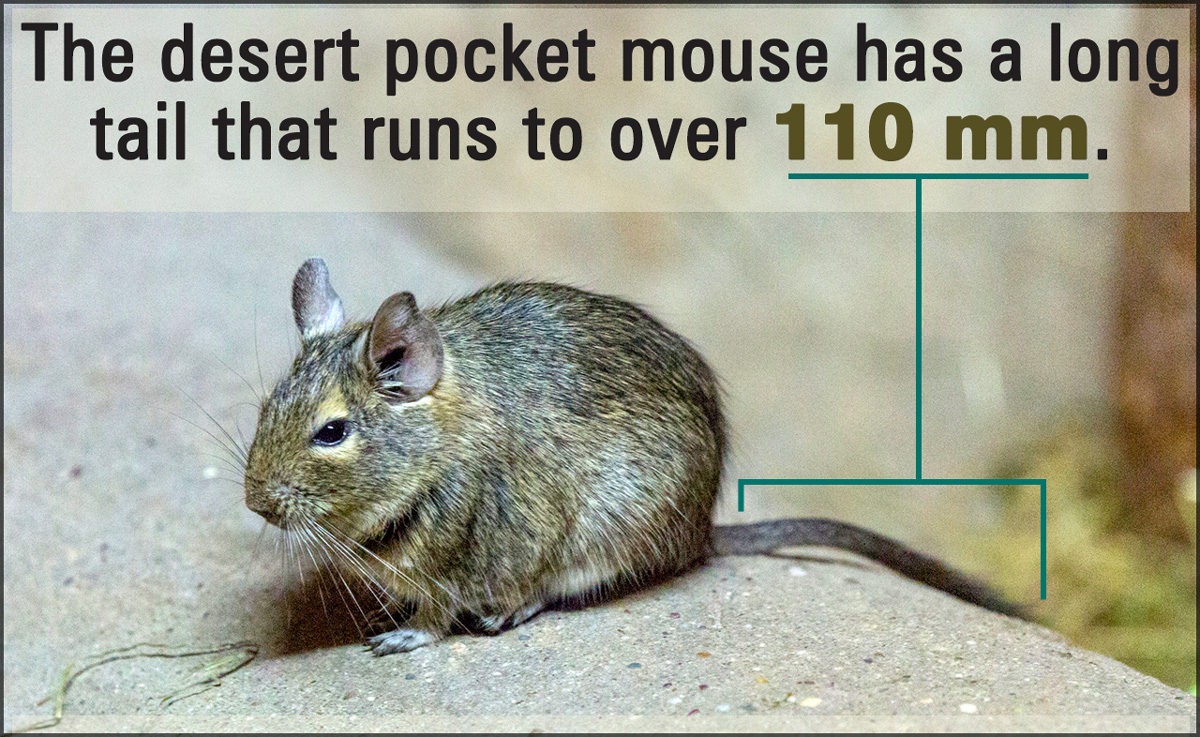
The species is more numerous on Santa Catalina Island, which may be an indication of that island's recovery from non-native grazers. Recent surveys found them to be much more widely distributed on the island, but at relatively low numbers (especially when compared to the numerous island deer mice), due to their need for dense grass or herbaceous cover (which is patchily distributed on Santa Cruz. On Santa Cruz Island, their distribution was previously thought to be limited to the marsh area at Prisoner's Harbor. They typically build above-ground nests in dense grass or herbaceous vegetation. It is important for the western harvest mouse to have shrub or grass overstory with tall lush herbaceous cover to conceal its nests. The western harvest mouse is often considered an edge species. It forages in grasslands bordering riparian areas such as irrigation right of ways, coastal marshes, streams, or lakes. The western harvest mouse dwells in areas below 1600 feet. It is common to abundant in shrub lands, grasslands, and in early several stages of most habitats statewide (except at some high elevations, although lower than 1600 feet).Īcross its range the western harvest mouse inhabits sagebrush, steppe, and agricultural areas. The western harvest mouse, besides having a range through much of western North America, is distributed throughout California. The hind feet are ½ inch to ¾ inch in length with 5 digits. The western harvest mouse only has 4 digits on the forefeet. The ears are naked giving them a prominent, flesh-color or a buffy-cinnamon color. The tail is from about 2 to 4 inches in length, sparsely haired, dorsally grey while white underneath. There is an indistinct dark broad stripe along its spine. It has a brownish back, buff-colored sides, and a white underside. It is distinguishable from the island deer mouse by its smaller head, body size and it's relatively much longer tail, including the grooves on the anterior face of the upper incisors. The western harvest mouse is a slim, medium sized mouse with adult lengths ranging from 4 ½ to 6 ½ inches in length and weight from 3 to 8 ounces.

The western harvest mouse appears to be strictly nocturnal.Females can breed at 4 months of age, and in a year will have from two to three litters.The western harvest mouse has a broad range in western North America but is only found only on three of the eight Channel Islands-Santa Cruz, Santa Catalina, and San Clemente Islands.

Oliver Pearson, named and described this species on the islands. In 1951, noted zoologist and professor at UC Berkeley, Dr.

The species may have reached San Clemente Island via hay bales in the 1930s, whereas harvest mice may have been inadvertently introduced to Santa Cruz and Santa Catalina in native American canoes. It occurs only on Santa Cruz Island within the park, but also on Santa Catalina and San Clemente islands. The western harvest mouse is the smallest of the rodent species found in Channel Islands National Park.


 0 kommentar(er)
0 kommentar(er)
